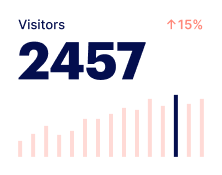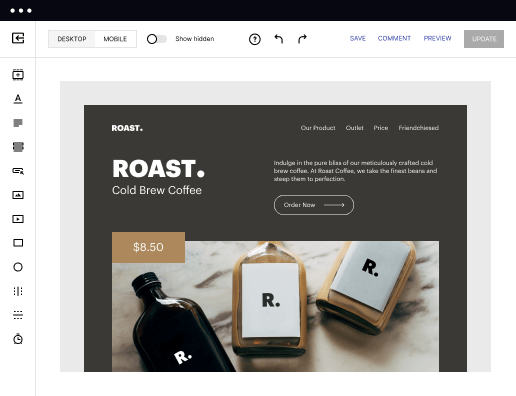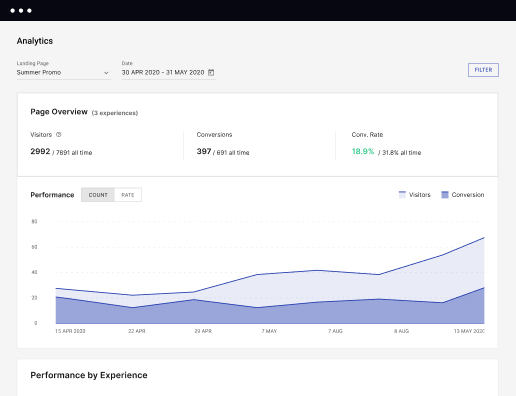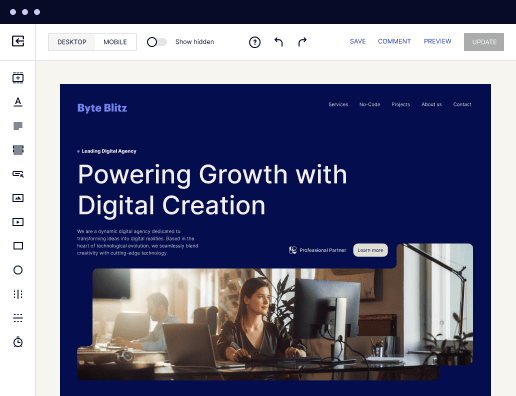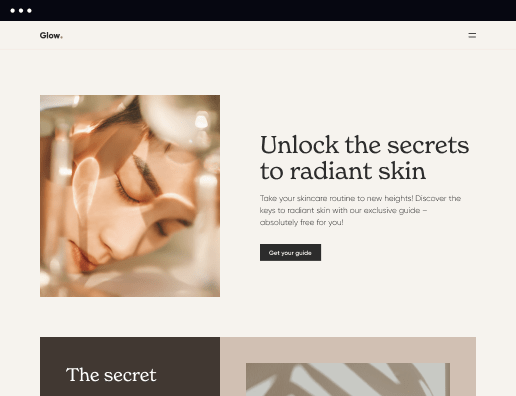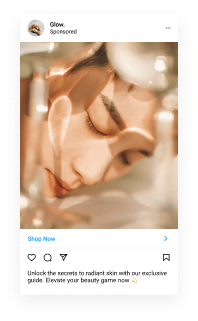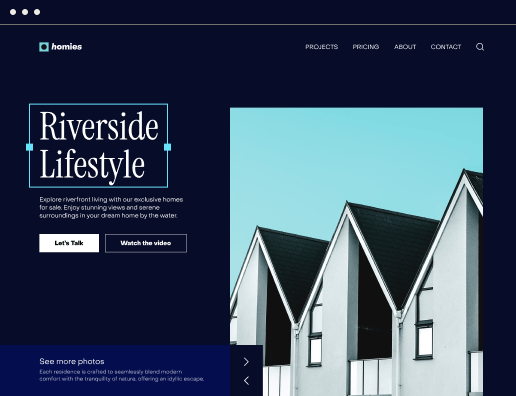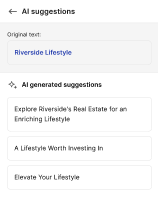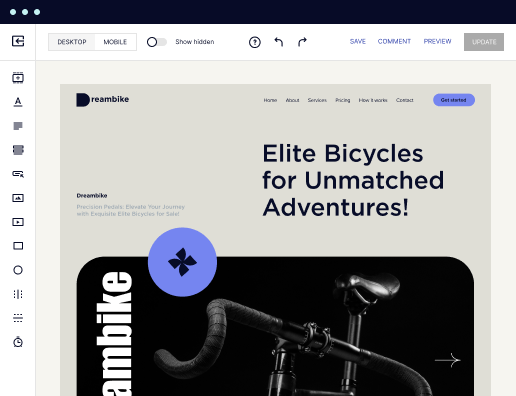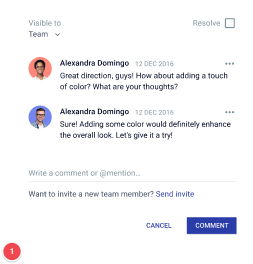Make your profile settings page designed for iOS
Instapage empowers you to reduce costs, increase conversions, and deliver meaningful experiences on iOS.
How to build your profile settings page on iOS effectively
Creating a profile settings page on iOS is crucial for enhancing user experience and ensuring streamlined navigation. This guide will walk you through the essential steps to build a user-friendly profile settings page that aligns with your marketing goals through Instapage's powerful tools.
Why a profile settings page is vital for your iOS app
A well-designed profile settings page helps users personalize their experience, which in turn boosts loyalty and trust in your brand. It allows users to manage their data efficiently and encourages them to stay engaged with your app.
- User engagement: An effective profile settings page prompts users to interact more with your app, boosting engagement rates.
- Data management: Simplifies the process of managing user data, making your app more user-friendly.
- Brand trust: A well-structured profile increases transparency and builds trust with your audience.
Step 1: Crafting the design layout
Your landing page layout should reflect clarity and ease of use. Consider incorporating common elements like toggle switches for notifications and straightforward input fields for user data. Here's how to get started:
- Choose intuitive icons: Use recognizable symbols for settings features like privacy and notifications to improve usability.
- Keep text minimal: Use concise labeling for each option to minimize user confusion.
- Incorporate feedback mechanisms: Allow users to see changes in real-time, enhancing their interaction.
Step 2: Implementing personalization features
To truly connect with diverse user segments, you must personalize the experience. Utilize Instapage's dynamic text replacement and audience tracking features to deliver tailored content.
- Dynamic content: Automatically adjust text based on user behaviors and preferences.
- Behavioral metrics tracking: Use analytics tools to monitor how users interact with their settings to inform future improvements.
- AdMaps: Align specific advertisements to unique landing pages for targeted campaigns that resonate with each user segment.
Step 3: Testing and optimizing your settings page
Once your page is live, keep refining it based on user feedback and performance metrics. Utilize A/B testing to identify which elements drive higher conversions.
- Monitor heatmaps: Understand how users interact with your page to identify friction points.
- Conduct A/B tests: Experiment with different layouts and CTAs to determine what resonates best with your audience.
- Engage stakeholders: Share your landing page with external partners for insight and further optimization.
By following these steps, you'll create a valuable profile settings page on iOS that enhances user satisfaction.
Ready to dive into the world of optimized landing pages? Leverage Instapage's powerful features today to elevate your mobile experience!
Get more out of Build your profile settings page on iOS
Improve your Quality Score with quick load technology for landing pages
Increase conversions with content that aligns with your ads and audiences
Achieve maximum ROI by scaling your marketing initiatives
Leading the way in building high-performing landing pages





FAQs
See how to build your profile settings page on ios in action
Ready to skyrocket conversions?
Supercharge your ad campaigns with high-performing landing pages.
Get started
